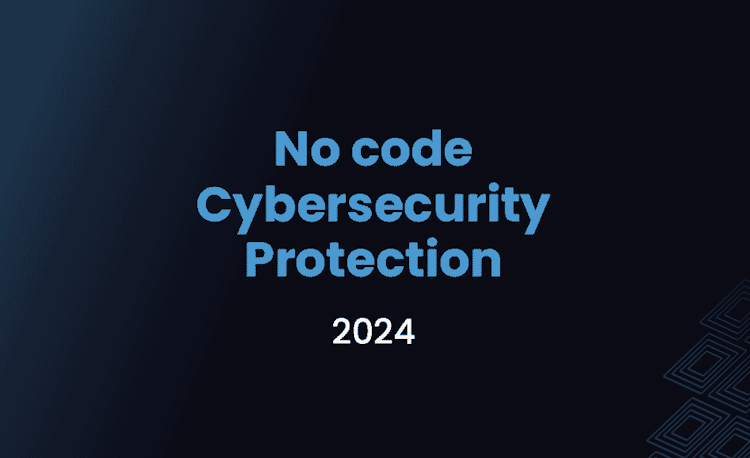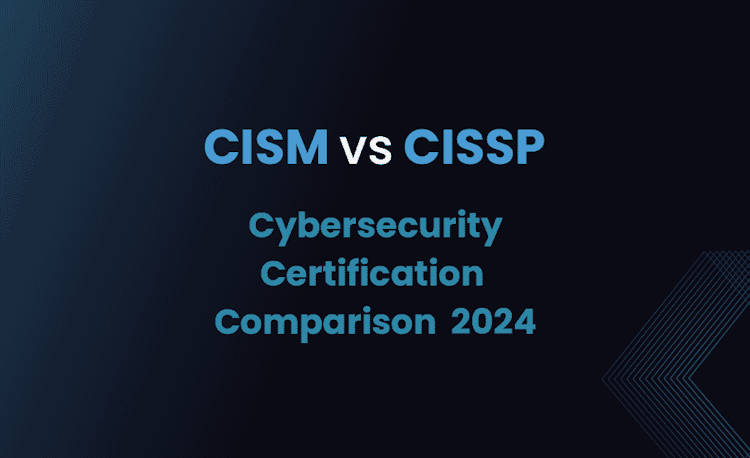Protecting Your Applications: Understanding Risks and Solutions for Security

As technology progresses and applications become more complex, app security is more essential than ever. This article delves into the most common hacking methods and provides a comprehensive guide on how to secure your app against them.
Recognizing the Most Frequent Types of App Hacking
To thwart app hacking, it’s crucial to understand the techniques attackers use. In this section, we’ll look at some of the most prevalent hacking methods and explore how they work, including reverse engineering, injection attacks, and man-in-the-middle attacks.
Reverse Engineering and Decompilation of Code
Reverse engineering involves analyzing and breaking down an app’s code to understand its underlying logic, while decompilation converts machine code back into human-readable source code. These methods allow attackers to identify vulnerabilities, steal intellectual property, or modify the app for malicious purposes.
For example, imagine an attacker reverse-engineering an e-commerce app to identify and exploit security weaknesses. They might decipher how user authentication works, uncover encrypted data, or manipulate the code to bypass payment processes.
To prevent reverse engineering and decompilation, consider adopting the following security measures:
- Obfuscate your code.
- Remove sensitive information and debug information from your code.
- Employ tamper-detection mechanisms.
- Keep critical code server-side to minimize exposure.
Injection Attacks
In an injection attack, malicious code is injected into an app, typically through user input fields or misused variables. Common types include SQL, XSS (cross-site scripting), and command injection attacks. These attacks can lead to unauthorized access, data manipulation, or loss of sensitive information.
Suppose a hacker targets an app that stores user data in a SQL database. They might enter a malicious SQL query into a text field, exploiting a vulnerability in the app’s input validation. This could allow the attacker to access, modify, or delete sensitive user data.
To protect your app from injection attacks:
- Employ input validation and sanitization.
- Prepare and parameterize SQL statements to prevent SQL injections.
- Encode and escape output to safeguard against XSS attacks.
- Implement strict access controls and the principle of least privilege.
Man-in-the-Middle Attacks
Man-in-the-middle (MITM) attacks occur when an attacker secretly intercepts and manipulates communication between two parties (e.g., an app and a server). They can eavesdrop, alter, or inject data into the communication, gaining access to sensitive information and potentially causing severe harm.
For example, let’s say you’re using a messaging app over an unsecured Wi-Fi network. An attacker could potentially intercept your messages and modify them before they reach their intended recipient, causing confusion and mistrust.
To defend against MITM attacks:
- Use encryption and transport layer security (TLS) to protect data in transit.
- Validate and authenticate all communication endpoints.
- Implement certificate pinning to ensure trustworthiness.
- Encourage users to avoid unsecured Wi-Fi networks.
Implementing Strong App Security Measures
Now that we’ve explored common hacking techniques, let’s delve into the measures and best practices you can adopt to protect your app’s code, infrastructure, and data from cyber threats.
Obfuscation Techniques
Obfuscation is the process of transforming your code into a version that’s difficult to read and understand, hindering reverse engineering and decompilation efforts. This can be achieved through a combination of techniques like renaming variables, restructuring code, or adding false code paths.
To implement obfuscation in your app:
- Use a reputable obfuscation tool designed specifically for your programming language.
- Combine multiple obfuscation techniques to maximize protection.
- Regularly update your obfuscation methods to stay ahead of attackers.
Encryption and Access Control
Encryption plays a vital role in app security, ensuring data confidentiality during storage and transmission. Access controls help determine who has permission to access specific resources or execute particular actions within the app.
To leverage encryption and access control in your app:
- Choose a strong encryption algorithm and use it consistently.
- Use key management best practices, like storing keys securely.
- Implement role-based access control (RBAC), limiting access to sensitive data and features.
Secure Software Development Principles
Following secure software development principles ensures that security is built into your app from the ground up. Adopting these practices means staying vigilant throughout the development lifecycle, reducing the risk of vulnerabilities.
To champion secure software development:
- Incorporate security checks during code reviews.
- Follow secure coding guidelines specific to your programming language.
- Educate your development team on best practices and common vulnerabilities.
Regular Testing and Monitoring for App Security
Even the most secure app can fall victim to evolving threats, so continuous monitoring and regular testing of your app’s security measures are vital.
Penetration Testing and Vulnerability Scanning
Penetration testing and vulnerability scanning help identify weaknesses in your app’s security. These proactive tests allow you to address vulnerabilities before they’re exploited by hackers.
To effectively use testing and scanning:
- Conduct regular penetration tests simulating real-world attack scenarios.
- Utilize automated vulnerability scanning tools to identify weaknesses in code.
- Prioritize and remediate any discovered vulnerabilities as quickly as possible.
Monitoring and Incident Response
Keeping an eye on your app’s performance, user behavior, and external threats is crucial. This includes developing an effective incident response plan to address security events swiftly and minimize potential damage.
To enhance monitoring and incident response:
- Set up a monitoring system to track and alert you to unusual activity.
- Create and maintain an incident response plan outlining responsibilities and procedures.
- Regularly review and update your response plan to ensure it remains effective.
Creating a Culture of Security Awareness
A strong security culture within your organization is invaluable in keeping your app protected. This encompasses training for developers and IT staff and raising awareness among end-users.
Security Training for Developers and IT Staff
Investing in cybersecurity training for your technical team members not only equips them with the knowledge to defend against threats but also encourages a security-conscious attitude.
Here’s how to deliver effective security training:
- Incorporate security topics into ongoing training programs.
- Provide access to resources, like security courses and certifications.
- Organize security-focused events, like workshops or hackathons, to encourage learning.
Raising Security Awareness Among Users
App users play an essential role in identifying and preventing security breaches, so fostering a sense of cybersecurity awareness among them is crucial.
To promote user security awareness:
- Share educational content about common threats and best practices.
- Provide clear instructions on reporting suspicious activity.
- Reward users for participating in security initiatives, such as bug bounty programs.
Conclusion
App security mustn’t be taken lightly. By understanding common hacking methods and adopting robust security measures like obfuscation, encryption, and secure development practices, you can reduce the risks associated with hacking.
Implement regular testing and monitoring, and foster a culture of security awareness among both development teams and users to stay one step ahead of attackers.
Remember, vigilance and proactive cybersecurity will go a long way in safeguarding your app and the sensitive data it contains.





